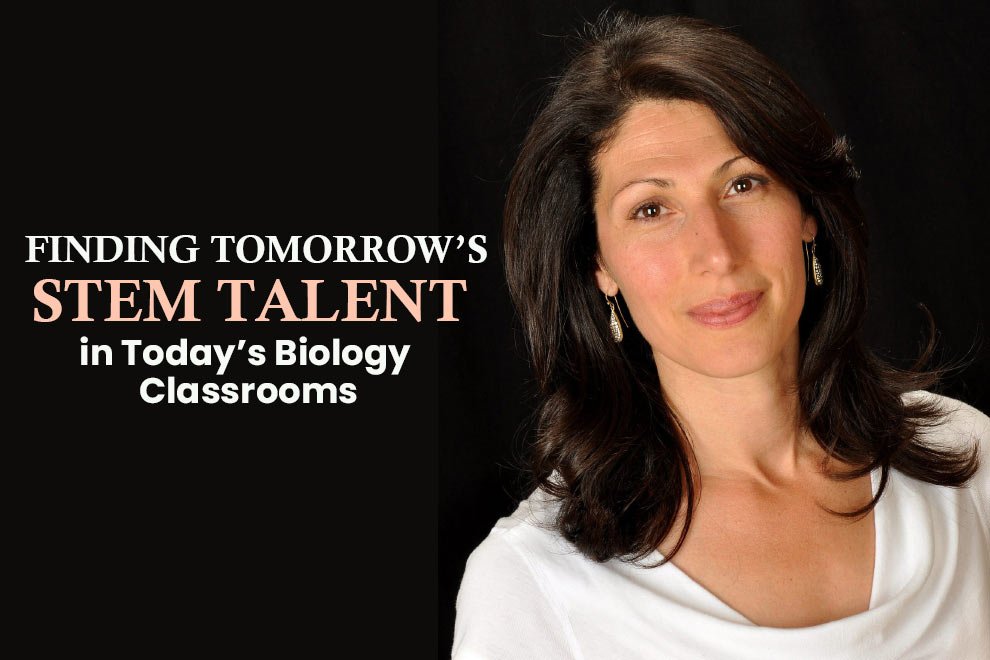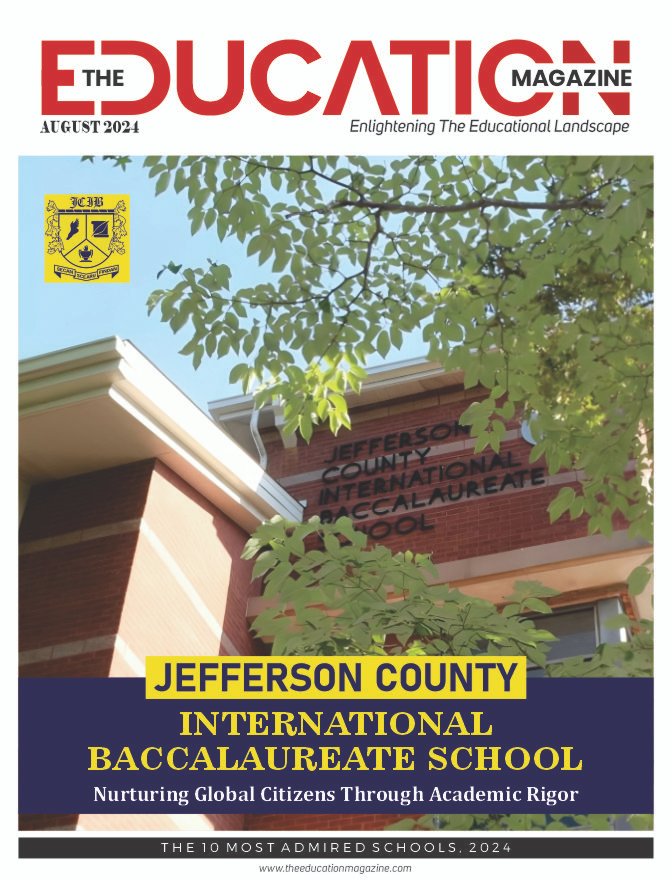Dr. Natalie Kuldell, Founder and Executive Director, BioBuilder Educational Foundation
The business case for life science innovations continues to strengthen as consumer trends, government action on climate change, and public pressure for new therapeutics all grow. The bioeconomy remains robust in major hubs like the Bay Area (CA), Boston (MA), and Research Triangle Park (NC), and smaller “biohubs” are popping up in places like Kingsport, TN, Kansas City, MO, Oklahoma City, OK, and the North San Joaquin Valley of CA. The federal government is drawing attention to the wealth of opportunities in biomanufacturing and biotechnology, announcing an Action Plan to strengthen America’s bioworkforce. Consequently, both established and emerging biotech hubs in the U.S. need skilled workers to fill job openings.
The bioeconomy workforce includes traditional scientists and laboratory directors, but also opens many jobs related to biomanufacturing, synthetic biology, and bioengineering that require no more than a high school degree or certificate. Jobs such as biomanufacturing associate, lab support technician, manufacturing technician, and maintenance technician don’t require a four-year degree. The workforce needs will be significant. Reports show there could be as many as two million unfilled jobs in U.S. manufacturing, and biomanufacturing specifically is receiving record investments including over $1B from the Department of Defense over the next five years to build up domestic biomanufacturing infrastructure. While this investment – both in the science itself and in its geographic expansion – should be applauded, it creates a pressing demand for a larger workforce to sustain this growth.
Unfortunately, student entry in STEM (Science, Technology, Engineering, and Mathematics) career paths is at an all-time low, and current models to attract talent into STEM careers won’t fill the anticipated workforce demand. To bridge the gap, a growing number of credentialing programs are being developed that cater to individuals already in the workforce. These programs offer hope for addressing the skills gap and provide a ‘second chance’ path for individuals who may not be aware of some of the more accessible roles in the sciences. However, relying on the willingness of currently employed adults to pursue something totally new can’t be the easiest path to success.
A complementary path to attract more individuals into STEM and biomanufacturing careers starts in the classroom. Rather than relying on individuals to make the switch later in life, we should be rethinking how we first teach science. By fostering a deeper understanding of the professional opportunities in the sciences that do not require advanced education, we can open career paths for more individuals, giving more first chances for students to find their place in the bioeconomy.
Reforming STEM Education in the Classroom
Science is not always taught in an appealing way. In many science classrooms today, students often ask, “Why do I have to know this?” or “When will I really use this?” Instead, we should encourage them to ask questions aimed at solving real-world problems through science, such as “What if…” or “Could we try…?” and then teach them to tools to address these questions. This shift could enhance their understanding and appreciation of practical science and expand their awareness of potential STEM careers.
Biology is often taught as a series of facts to be memorized (think: “Mitochondria are the powerhouse of the cell.”). Limited time and budget, especially in under-resourced schools, restrict hands-on activities, leading to a lack of student interest in science careers. When students only learn about science without ever “doing” science, we lose talented young adults—particularly in rural and urban areas—who might be attracted to STEM careers but who can’t see a future for themselves in it.
High school is the time to arm students with practical, skills-based training that will prepare them to meet the needs of tomorrow’s workforce – whether or not they decide to go to college. Nearly 40% of students are now taking time off after high school or choosing not to go to college altogether. This makes it both pressing and vital to offer today’s high school students a path into a STEM career upon graduation without placing an additional burden on our classroom teachers. Some non-profit organizations offer free curriculum resources, while many state-level and private organizations offer STEM-specific funding to bring effective resources into the classroom. Effective courses enable mastery of fundamental scientific knowledge and the hands-on techniques used in biotechnology and synthetic biology.
Embracing First Chances
Second chance programs are important for addressing the biotech workforce shortage, but there’s an even greater opportunity to make a significant impact by introducing students to opportunities in the bioeconomy while they are still in school. It is not hard to see how giving the country’s three million high school seniors that combination of “know what” and “know-how,” can prepare them for entry-level jobs in the bioeconomy and encourage them to consider scientific careers. Effective programs that link classroom curriculum with skills-based training and credentialing can provide a direct path into the workforce right after high school graduation. By aligning educational curricula with the needs of the biotech industry, educators can better prepare students across rural, urban, and underserved communities to become the biotech workforce of tomorrow.
Recognized in 2020 as a STEM Trailblazer by the Million Women Mentors and with the HA Rey Curiosity Award, Natalie Kuldell is a highly regarded educator and curriculum developer who has taught for more than a dozen years in the Department of Biological Engineering at the Massachusetts Institute of Technology. She studied Chemistry as an undergraduate at Cornell, completed her doctoral and post-doctoral work at Harvard Medical School, and taught at Wellesley College before joining the faculty at MIT in 2003 and creating BioBuilder in 2011. BioBuilder has worked with schools in over 55 countries and 49 states, impacting over 63,000 students and helps match the skills of our future workforce to the needs of the synthetic biology industry.
Also Read: Should STEM Subjects Compulsory for Children? Benefits of STEM Education for Children










